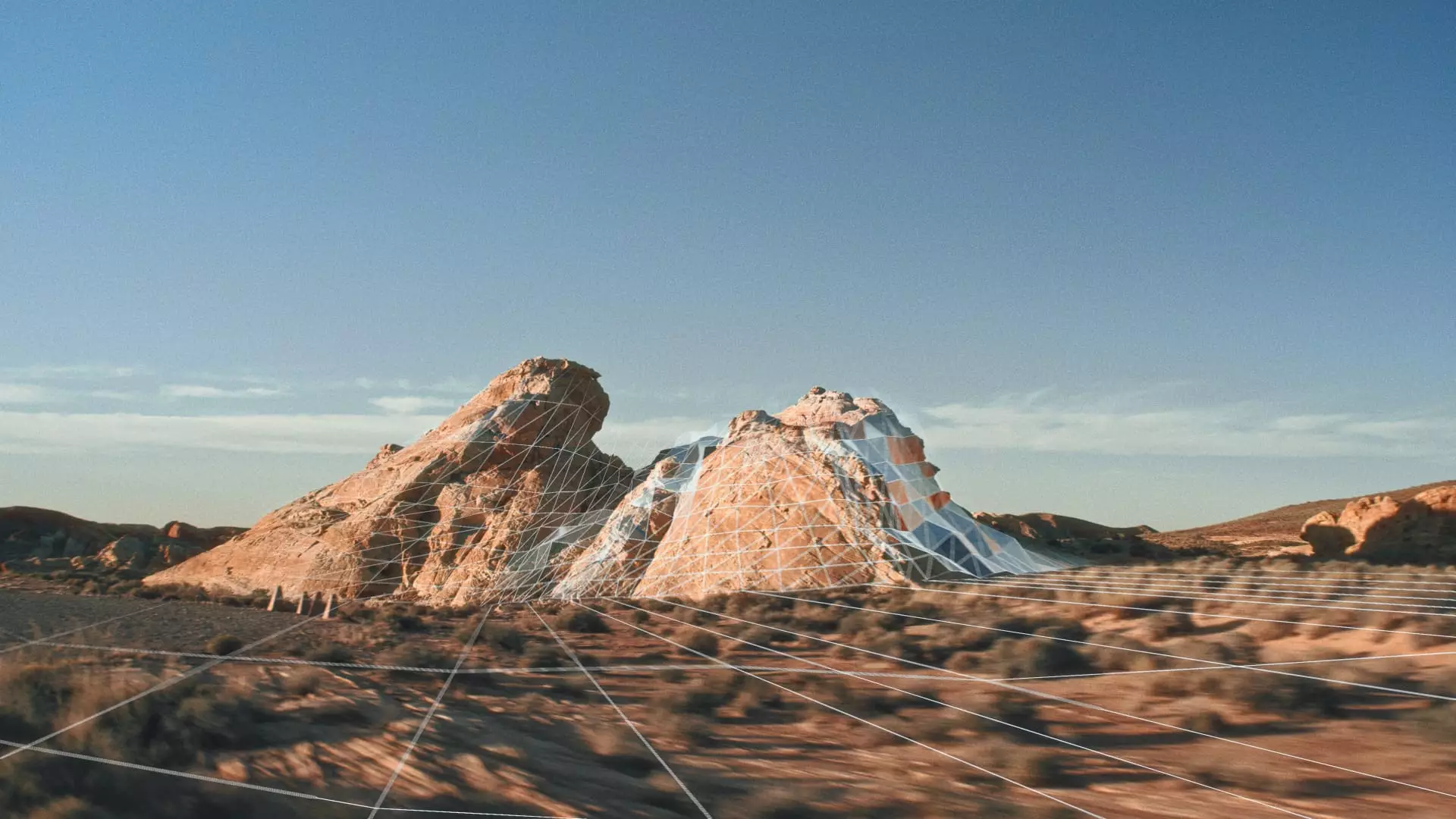In today’s technology-driven world, the quest for creating immersive experiences continues to push boundaries, especially within the realm of mixed-reality (MR) applications. One notable player in this innovative field is Distance Technologies, a Finnish startup spearheading the integration of MR capabilities into everyday environments such as car windshields and aircraft cockpits. Recently, the company secured a significant investment of 10 million euros—approximately $11.1 million—from notable investors led by GV, the venture capital branch of Alphabet Inc.
The core vision of Distance Technologies lies in their ability to transform ordinary transparent surfaces into dynamic augmented-reality (AR) displays. This innovative approach bypasses the need for traditional, cumbersome devices like VR headsets or AR glasses, offering an effortless, elegant solution. Distance aims to create seamless user experiences that enhance navigation and situational awareness, presenting an array of digital information in real-time without obstructing the user’s surroundings.
At the heart of Distance’s offering is a sophisticated tracking technology that enables the system to follow users’ gazes accurately. This capability allows for the rendering of 3D digital objects right where users are looking, delivering an enriched visual experience that is crucial for applications in both automotive and aerospace industries. CEO Urho Konttori, who previously held a significant role at Varjo, emphasizes that this innovation could play a key role in overcoming one of the major barriers to the widespread adoption of mixed-reality—namely, the cumbersome nature of existing hardware that must be worn on one’s head.
Distance Technologies employs a unique optical mechanism layered on conventional liquid crystal displays (LCDs) to project images precisely at focal points dictated by users’ line of sight. This innovative technique offers a remarkable advantage—it can create a depth of field that maintains high brightness while ensuring clarity in various contexts, from driving a car to piloting an F-18 jet.
The investment from GV and additional stakeholders is a testament to the immense potential they see in Distance Technologies’ solutions. Roni Hiranand, a principal at GV, expressed enthusiasm about the potential pathways leading to the commercial release of this technology in automotive and aerospace markets. The notion that mixed-reality interfaces can profoundly enhance interacting with technology resonates strongly with both investors and future users.
However, entering the mixed-reality market comes with its own set of challenges. Notably, the cost of developing the necessary hardware and software materials can be substantial. Competing devices, such as Apple’s Vision Pro and Microsoft’s HoloLens 2, exemplify the high stakes involved, with unit prices starting at around $3,500. This reality underscores the importance of Distance’s approach, which seeks to provide a more accessible and adaptable solution.
Despite the promise shown by Distance, it finds itself in competition with various established companies also exploring augmented reality features, particularly in the automotive sector. Companies like Huawei and numerous display technology firms, such as Denso and Bosch, are engaged in developing their AR heads-up displays (HUDs). Distance Technologies differentiates itself by focusing on a software-driven approach that allows for extensive coverage of transparent surfaces, thus overcoming limitations imposed by existing AR technological frameworks.
Jussi Mäkinen, the Chief Marketing Officer of Distance, asserts that their technology’s ability to cover entire surfaces opens avenues for practical applications that most counterparts cannot match. This capability could decisively alter how we perceive vehicular and airborne interfaces, making them more intuitive and responsive to user needs.
As Distance Technologies embarks on the journey towards fully implementing its vision, the company acknowledges the necessity of transitioning from a research-based model into a product development stage. Urho Konttori recognizes the importance of collaborating closely with industry partners, aiming to finalize product specifications that meet the demands of future customers.
This critical phase will determine how effectively Distance can materialize its ambitious ideas into market-ready products. By focusing on creating genuine partnerships and leveraging existing technological infrastructure, the company hopes to navigate through potential roadblocks and succeed in the competitive landscape of mixed-reality applications.
Distance Technologies stands on the brink of revolutionizing how users interact with their environments. By championing an innovative approach to mixed-reality technology, the startup holds promise not only for its immediate stakeholders but also for an entire industry on the cusp of transformation. As they press forward, the journey ahead will test the limits of technology, creativity, and collaboration within the ever-evolving sector of augmented reality.

